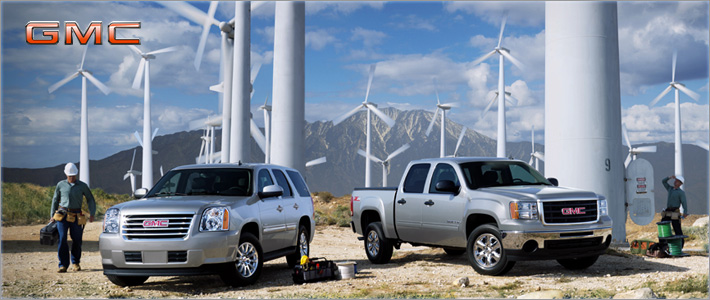
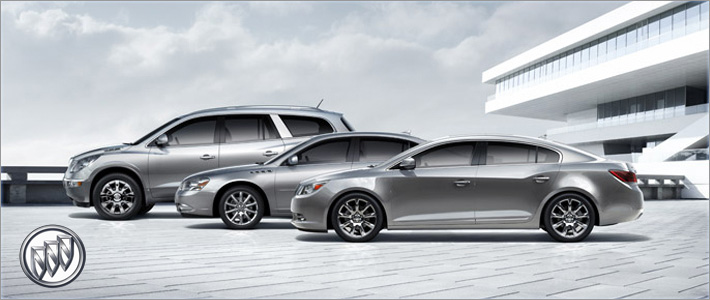
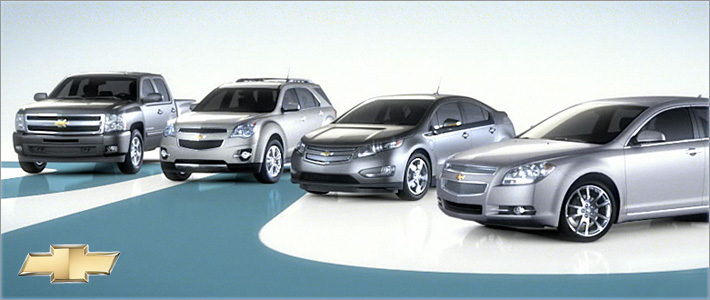
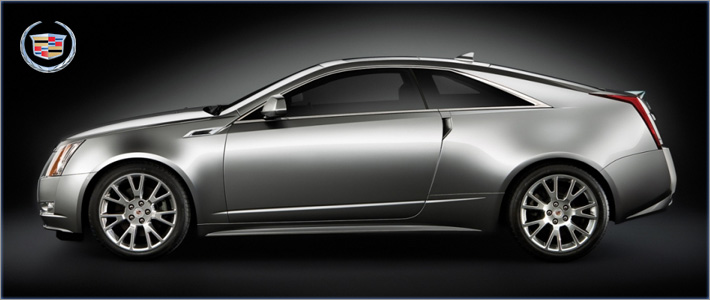
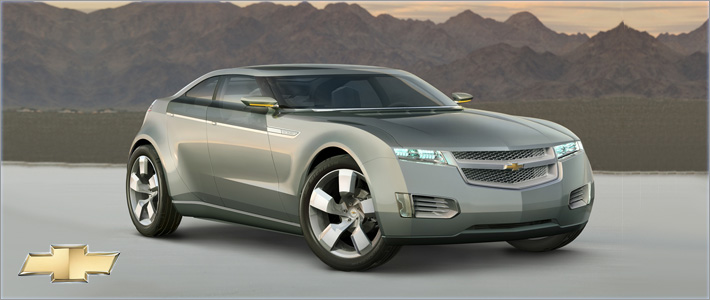
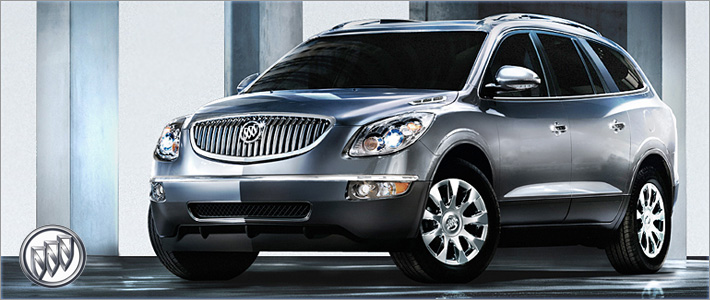
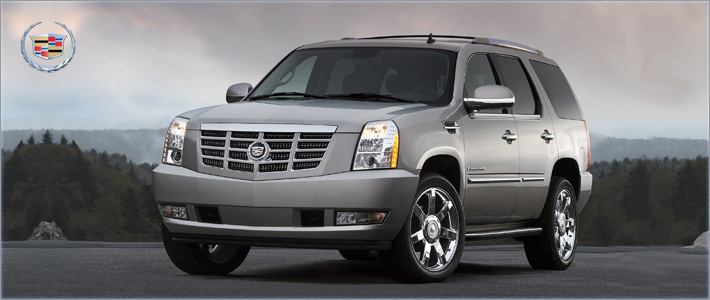
Saturn Relay - The Power of General Motors
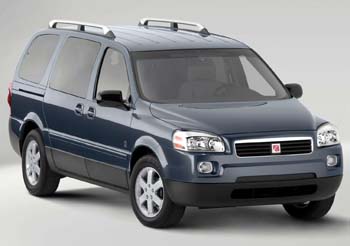 The Saturn Relay was one of General Motors' minivans supposedly styled to have the look of a rough-and-tumble SUV rather than a plain-Jane family shuttle. Marketed as a "crossover sport van," the Relay had a longish nose, more aggressive styling and a roof rack to lend an SUV persona. However, the basic body structure and sliding doors remained true to the minivan segment's guiding principles.
The Saturn Relay was one of General Motors' minivans supposedly styled to have the look of a rough-and-tumble SUV rather than a plain-Jane family shuttle. Marketed as a "crossover sport van," the Relay had a longish nose, more aggressive styling and a roof rack to lend an SUV persona. However, the basic body structure and sliding doors remained true to the minivan segment's guiding principles.
The Saturn Relay was certainly family-friendly, with a folding third-row seat and optional 40GB digital media system that could store and play thousands of MP3 music files or a few dozen movies. Missing in action, though, were popular safety features like three-row side curtain airbags and a back-up camera.
Consumers never warmed to the Relay, however, and after just a few years on the market, Saturn pulled the van in favor of its new large crossover, the Outlook. As a choice for a used minivan, the Relay provides solid family transportation to be sure, and if price is a major issue, it will typically cost less than comparably equipped class leaders. However, more demanding shoppers who don't mind spending the extra cash will likely be happier with one of several other popular rivals.
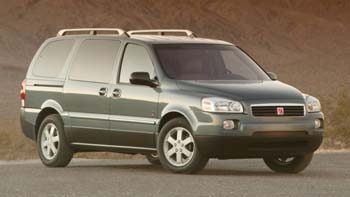 The midsize Saturn Relay minivan was produced from 2005-'07. Mechanically, it was related to GM's other vans, the Buick Terraza, Chevrolet Uplander and Pontiac Montana SV6. Originally, there were two trim levels simply named 2 and 3. Standard Relay 2 amenities included Saturn Relay Accessories like air-conditioning, a rear-seat DVD entertainment system, antilock brakes, first- and second-row side airbags and keyless entry. The Relay 3 added rear air-conditioning, a power driver seat, alloy wheels and upgraded interior storage.
The midsize Saturn Relay minivan was produced from 2005-'07. Mechanically, it was related to GM's other vans, the Buick Terraza, Chevrolet Uplander and Pontiac Montana SV6. Originally, there were two trim levels simply named 2 and 3. Standard Relay 2 amenities included Saturn Relay Accessories like air-conditioning, a rear-seat DVD entertainment system, antilock brakes, first- and second-row side airbags and keyless entry. The Relay 3 added rear air-conditioning, a power driver seat, alloy wheels and upgraded interior storage.
Noteworthy options included the "PhatNoise" portable 40-gig digital media system, dual power-sliding side doors, a navigation system, rear park assist, leather seating, a sport-tuned suspension and a stability control system. For the van's final year, Saturn added a Relay 1 trim level that dropped some features in exchange for a cheaper price. The stability control system also became standard that year.
At first, all Saturn Relays came equipped with an underwhelming 3.5-liter V6 that made 200 horsepower and 220 pound-feet of torque. A four-speed automatic transmission was standard. No other powertrain combinations were available, though buyers could opt for all-wheel drive. For 2006, a 3.9-liter V6 with 240 hp and 240 lb-ft of torque became optional on front-wheel-drive Relay 3 models. For the final year, Saturn made the big engine standard and discontinued all-wheel-drive availability.
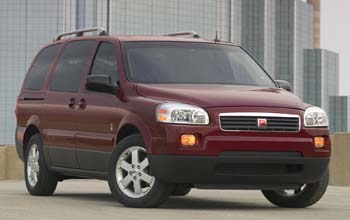 The Relay could seat seven, and the folding third-row seat was split 50/50 for added versatility. A pleasing two-tone color treatment with faux wood accents dramatically brightened the cabin and lent an upscale ambience. Folding center trays between the first- and second-row seats were available, and an overhead rail system provided rear-seat access to storage and climate/entertainment controls.
The Relay could seat seven, and the folding third-row seat was split 50/50 for added versatility. A pleasing two-tone color treatment with faux wood accents dramatically brightened the cabin and lent an upscale ambience. Folding center trays between the first- and second-row seats were available, and an overhead rail system provided rear-seat access to storage and climate/entertainment controls.
When shopping for a Saturn Relay, we recommend trying to get a model with the 3.9-liter V6. This engine offered commendable performance around town and made quick work of merging and passing on freeways. The Relay's suspension was on the soft side, delivering a smooth ride and average handling for this class. Upgrading to the optional sport suspension provided tighter handling, though maneuverability in tight spaces was still compromised by the van's large turning radius.